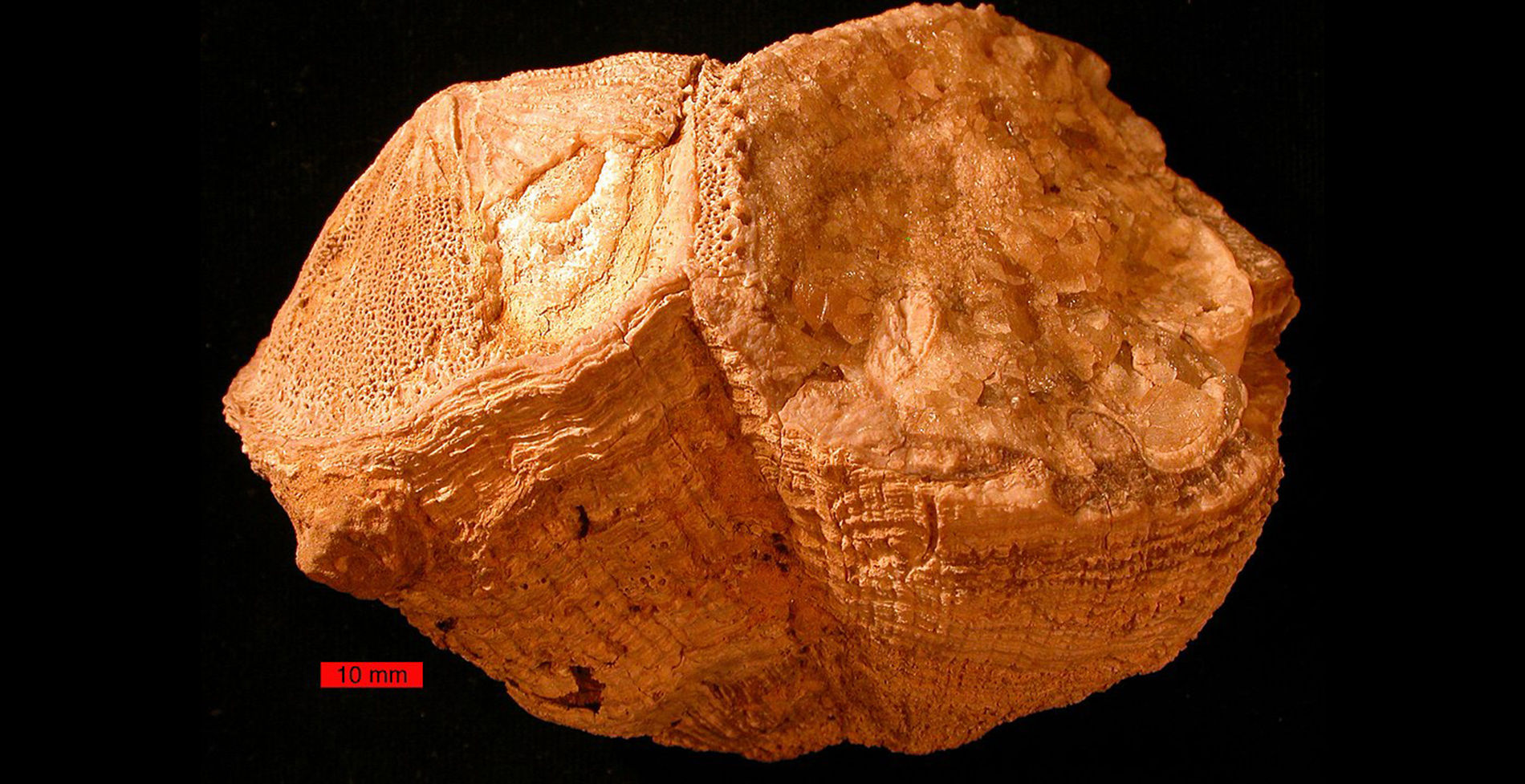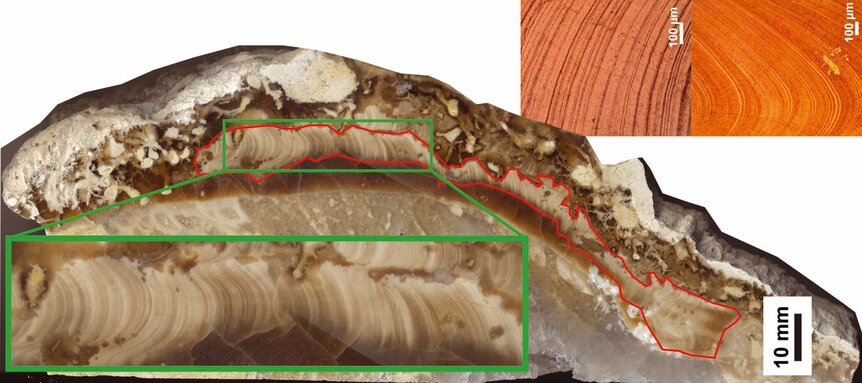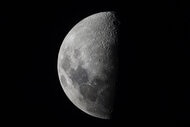Create a free profile to get unlimited access to exclusive videos, sweepstakes, and more!
Think time is too short now? 70 million years ago a day was only 23.5 hours long

Is your day too busy? Too much stuff crammed into too few hours?
Then it's a good thing you didn't live 70 million years ago. Back then, the day was only 23 hours and 31 minutes long. You'd have been even busier.
I guess it's also a good thing you're not a bivalve from back then, either. I mean, just in general, but also because a) you'd be long dead, and 2) your fate would be to have little holes drilled through you so scientists could count your layers.
That's how all this was determinee. In the late Cretaceous Period there were bivalves called rudists (now extinct, thanks to an asteroid impact). They had been around for a hundred million years or so and were so prevalent they built reefs in tropical waters all over the planet. Scientists found one particular species, Torreites sanchezi, in Oman (which, back then, was underwater).
The beauty of these bivalves is that they built their shells up layer by layer on a daily basis. These layers are only 40 microns thick, but are easily seen in microscopic photos of the shell (in fact, the methods in this study were accurate enough to get up to five data points per day). Even better, their daily uptake of water included an apothecary's list of chemicals that allow scientists today to measure their abundance.
By carefully analyzing these layers and chemicals in a single specimen, the scientists were able to see the daily patterns in them as well as longer-term patterns due to seasonal and annual variations. This allowed them to figure out how many days there were in a year back at that time in different ways. One was simply counting the layers and comparing them to the annual variations. Other methods involved looking at the way chemicals in the shell were deposited, which are allowed for even more accuracy in accounting for the variations.
What they found after combining their results statistically is that there were 372 layers deposited per year (with an uncertainty of ±8.4 days). That means the day was about 98% the length it is now: 23 hours 31 minutes.
That in turn means the Earth was spinning a bit faster back then, about 2% faster. How can that be?
Actually, that's just as expected! When the Earth first formed it probably spun much faster than it does now, taking 6 hours or so. The reason we spin slower now is… the Moon!
After the Moon formed, it and the Earth interacted gravitationally. The entire dance is a bit complicated and subtle, but due to tides the two bodies exchange spin energy; the energy from the Earth's spin is given to the Moon, which in turn uses that energy to move farther from the Earth. When it first formed the Moon was very close to the Earth, but over the past four billion years has moved to its current average distance of 384,000 km. The recession of the Moon isn't constant, but is currently about 4 centimeters per year — about the same rate your fingernails grow.
Using the shorter length of the day 70 million years ago and calculating the energy exchange rate, the scientists who did this study find that the Moon was about a thousand kilometers closer to us at that time (about 383,000 ±5,000 km). This is consistent with tidal models of the Moon's recession from us.
Pretty cool! I have to note that the uncertainties in their measurements are a bit high given the numbers involved; their findings are consistent with there being no change at all. That doesn't mean there hasn't been a change, just that you can't say for absolute certainty that there has been a change. Still, there's a self-consistency to their models that implies they're in the right ballpark, and I'm reassured that the tidal models agree with their findings for the Moon.
All the same, the next obvious step is to do this analysis on a lot more specimens. Rudist bivalves are all over the place, so the best path is to do a bunch more from that same site in Oman, from other places in the world, and trying to get more not only from that same era but different times in the past too to see if the numbers hold up. The authors note that this study paves the way for more research like it.
I'll be curious to see more work on this. It's pretty interesting, and I love how the astronomical, biological, chemical, and geological worlds (so to speak) collide here. It's a fascinating study, and well worth expanding.
As long a there are enough hours in the day for it.
















